Arthritis and arthritis are diseases in which joint damage occurs. This is the reason why many people do not understand the difference between arthrosis and arthritis due to the coordination of names and are essentially considered something similar. Meanwhile, arthrosis and arthritis are far from the same.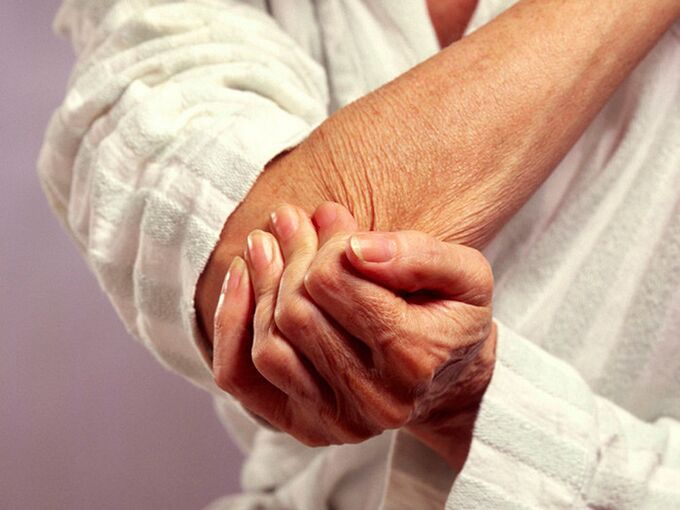
Arthrosis is gradually continuously associated with age deformation; Arthrosis is most often developed in old age (45 years of age or older). Arthritis, on the contrary, often begins at a young age (up to 40 years). Although there are exceptions in both cases: sometimes arthritis occurs in a person aged 60-70 (usually this occurs after severe flu, colds, hypothermia, stress); Or arthrosis begins with a person who is not yet 40 (for serious injuries, fractures or professional athletes). Arthrosis is a disease in which only joints suffer. The rest of the body is not involved in the joint in the joint, simplified way.
Arthritis is an inflammatory disease of the whole body; And the inflammation of the arthritis joints is only the "tip" of the iceberg, beside which other processes inside the body are hidden. Inflammation of the arthritis joints can show swelling, redness and severe pains that do not pass and sometimes increase at night. The internal organs are often hit - most often on the heart, liver and kidney. And sometimes, if the proper treatment is not carried out, complications of certain arthritis can pose a rather serious threat to the patient's life. Fortunately, arthritis finds less than arthrosis.
The causes of joint pain
Diseases of the spinal joints and joints can also be divided into two large groups: dystrophic processes and inflammatory processes. The causes of these conditions are different, so there is a great difference in the management of such processes. It is probably clear that the success of the treatment depends to a large extent on the correct and carefully completed diagnosis and examination. As a general rule, X rails and blood laboratory tests are performed and, if necessary, a more detailed study -the MRI of the joints. 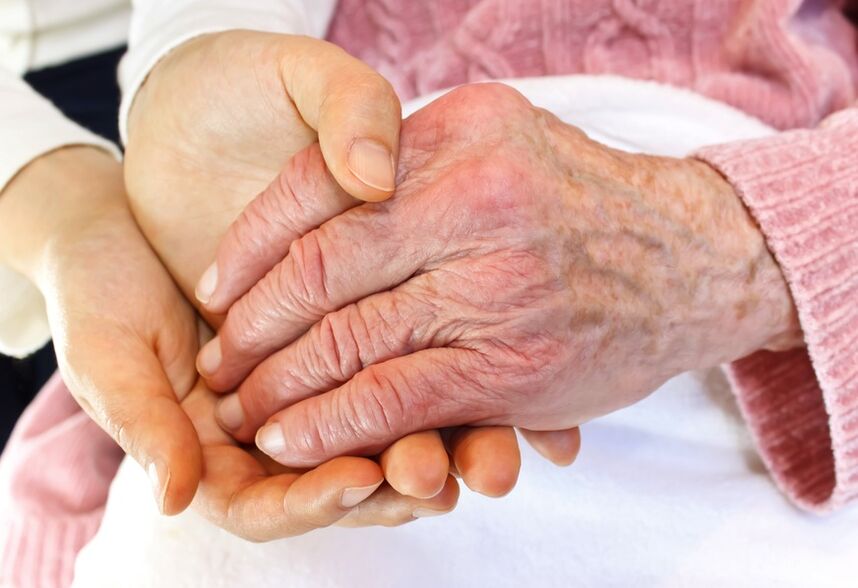
Inflammatory diseases
The name of these diseases is usually ended - arthritis, spondilitis, polyarthritis, etc. This group also includes Bekhterev. It is manifested by inflammation of the tissues of the arms, legs and spinal joints. Typical symptoms include pain, morning stiffness, red and hot skin swelling, limiting mobility in one or more joints, a whole spine, temporal deformation of the joints and progression of the disease. Inflammatory arthritis may be of the following origin:
- Autoimmune or infectious-allergic-aggressive immunity relative to joint tissue;
- Violation of metabolism - usually in the joints of the joints and periarticular tissues, the formation of salts crystals, leading to their inflammation;
- One or more joints are infectious - bacterial or viral inflammation.
Joint joint
Arthrosis is the condition of the joints, which involves the natural course of the years. Its main symptoms are pain and restrictions. Arthrosis is widespread -arthrosis is ill of 10-15% of all inhabitants of the Earth. Primary arthrosis is a disease that is naturally due to changes in the cartilage. Arthrosis may result in life earlier or later due to hereditary predisposition, metabolic disorders, increased burden on working conditions or excessive weight joints. Joint age has recently been younger and the disease developed at the age of 30-40. However, women suffer 2, 5 times more often than men. In most cases, 30% of people already have joint changes at the age of 50, and by the age of 60, almost everyone has some manifestations of arthrosis and the difference in the area is missing. 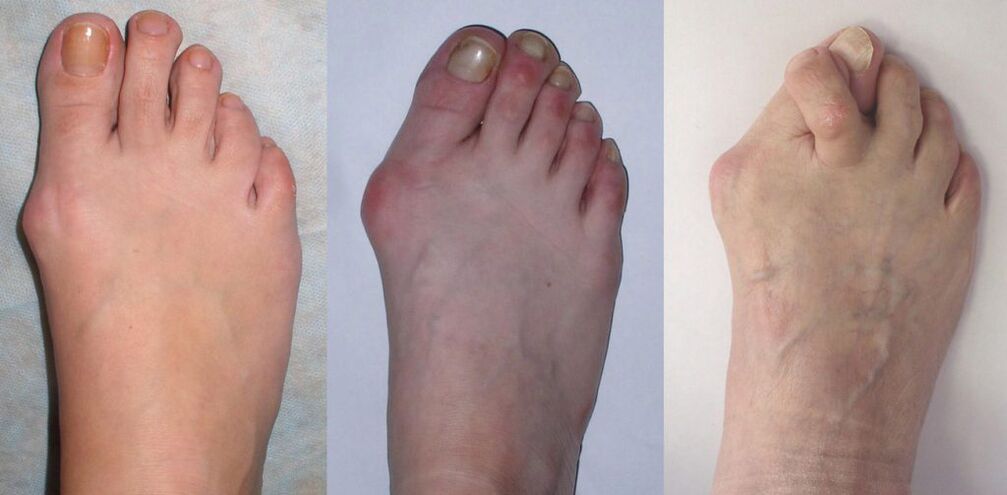
The result of the trauma of secondary arthrosis suffering. Develops at any age. Usually the surface of the joint is completely even, smooth and elastic. They move freely, slipping, thanks to the joint fluid that plays the role of lubrication. At the same time, due to the elasticity of the joint surface, it is slightly bent in the highest pressure places, redistribute the load, makes it smoother, and works like a shock absorber. In the case of arthrosis, the cartilage, which covers the surface of the joint. In some places, in the case of arthrosis, the cartilage becomes thinner and degraded, increases in others and changes, losing the normal structure. Small fragments of cartilage appear in the articular fluid and the articular fluid itself changes as and quantity.
At first, due to a decrease in the amount of joint fluid, the normal function of the joint is disturbed and the pain appears during movement. As a general rule, they arise after intense physical work, surrender themselves if you give the joint relaxation but return, you just have to continue the load. At the same time, or a little later, the joint starts to hurt at night. The soft tissues around the joint are inflamed, "swollen" and excessive fluid may appear in the joint. Emptying. The result of a slow inflammatory reaction. The reason for this is to modify your own joint tissue. Now the fabric is not native. And it is good if the immune system does not begin to "attack" such a substance.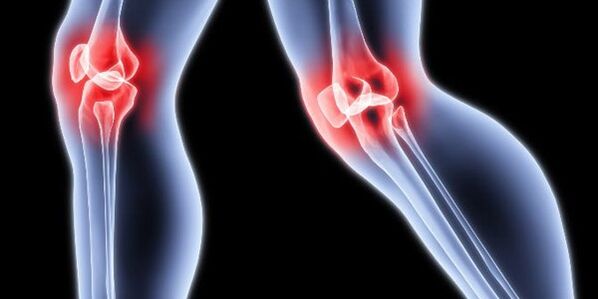
Symptoms
The main symptoms of arthrosis are: severe pain in the joint during movement, joint deformation, decrease in joint mobility. When neglecting arthrosis, joint agility occurs. The symptoms of arthrosis are completely different, but the most suitable of these is pain. Most often occurs when the affected area is load or mechanical damage. Generally speaking, four large groups of symptoms are distinguished that directly characterize the disease, such as arthrosis:
- Pain;
- Crunch;
- Decrease in mobility;
- Deformation.
The decrease in mobility manifests itself in later stages of the development of the disease. This is due to the fact that muscle muscles are gradually cramping and the joint gap disappears. The deformation of the joint is directly related to the fact that the surface of osteophytes is formed. Most often, this symptom occurs in the long absence of a long treatment of the disease. Symptoms of joints and treatments may be different. This is influenced by a variety of factors. Before starting therapy, it is very important to make a comprehensive diagnosis of the disease.
Arthrosis and osteoarthosis
These consonant diseases are similar in a combination of letters and symptoms. Doctors are divided: some claim that arthrosis and osteoarthosis are different names, others - that the differences are not only in the name. Osteoarthrosis is a progressive arthrosis that appears due to the abrasion of cartilage tissue. This happens in men, women, usually over forty years. What is the difference between arthrosis and osteoarthritis? Similarity is obvious, both diseases affect cartilage tissue, cause pain and a person's movement. There are similarities in the treatment of diseases. Problems related to joints, overweight patients, weight loss diets, and strengthening cartilage tissue reduce the load and avoid complications of the disease. Doctors advise that they consume low calorie content, more vegetables and fruits, as they contain antioxidants that promote inflammation in the body of the body. 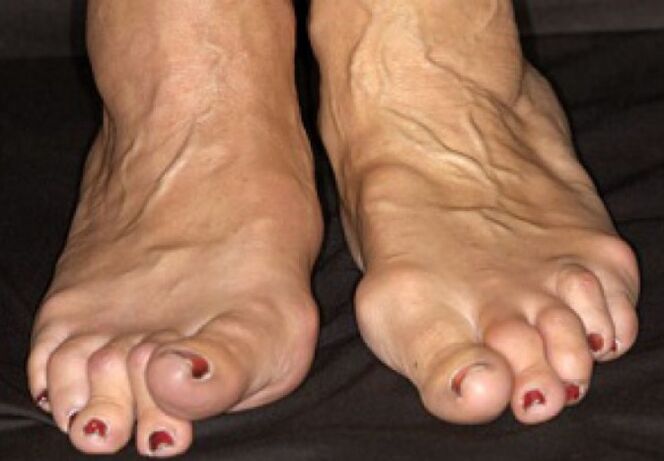
We recommend adding fatty varieties to the diet because of the omega-3 content. It is useful to use olive oil, has an anti -inflammatory effect, and use vitamin C to restore connective tissues faster. In both cases, therapeutic exercises are indicated, physiotherapy strictly according to the doctor's testimony. It is worth reducing physical activity during acute inflammation, wearing orthopedic fasteners for removal and proper load distribution.
Arthritis
Arthritis - literally "inflammation of the joints", a pathology that affects connective tissue, joint pain, swelling, degeneration, disability. Both men and women, children and adults. About 350 million people around the world have arthritis. The causes of arthritis depend on various factors such as lesions (for arthrosis), metabolism disorders (such as gout), effects of bacterial and viral infections, immune dysfunction (such as rheumatoid arthritis and system lupus). Most often, joint inflammation is classified as rheumatic disease. Arthritis can be caused by traumatic, metabolic, infectious, autoimmune and idiopathic origin. The development of various existing arthritis depends on the origin of the causes.
Signs of arthritis, symptoms
Symptoms of arthritis The pain is not only in motion, but also in rest, swelling, swelling, and morning stiffness in the joints The skin above the joints can be warm. The movements are painful but does not stop, limited to the edema of soft tissues. Symptoms depend on the course of the disease and the period. Sharp and chronic conditions. The occurrence of joint stage and type of acute arthritis may occur suddenly, severe pain and increased body temperature, redness of the site of inflammation, and the main symptoms of the condition. The chronic process of the disease goes slowly and gradually progresses. The danger is that the disease can be chronic. The symptoms are diverse, similar because they tend to influence joints, muscles, ligaments, cartilage and tendons, and many can affect other areas of the body. 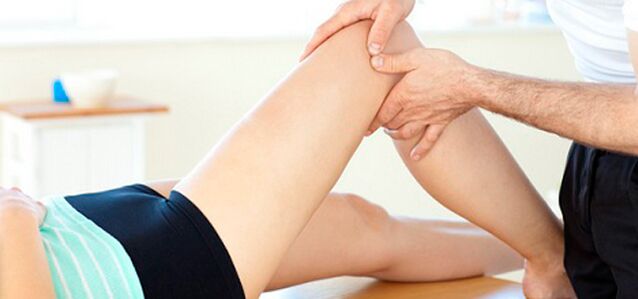
Symptoms:
- The stiffness of the joints is observed when the joints and muscles are stiffer in the morning, to the extent that it is impossible to walk or get out of bed. For those with rheumatoid arthritis, it can take a few hours until they move smoothly. Restriction of mobility.
- Edema.
- Law in the field of defeat.
- Muscle weakness.
- Many forms of arthritis can cause symptoms that affect different organs of the body: fever, lymph nodes edema, weight loss, fatigue, general malaise.
Types of illness
Osteoarthritis is the most common type of arthritis. This is characterized by an inflammatory condition. This is due to the gradual deterioration of the cartilage layer covering the joint surfaces. The risk factors of osteoarthritis are different; Most importantly, advanced age associated with the female gender, injuries and obesity. Osteoarthritis can affect any joint, but prone to the joints of the arms, knees, hips and spine. In addition to the reduction of pain, joint stiffness, swelling and mobility, the cause of the formation of osteophytes (or bone spurs). In an advanced stage, osteoarthritis makes the use of joints very difficult. 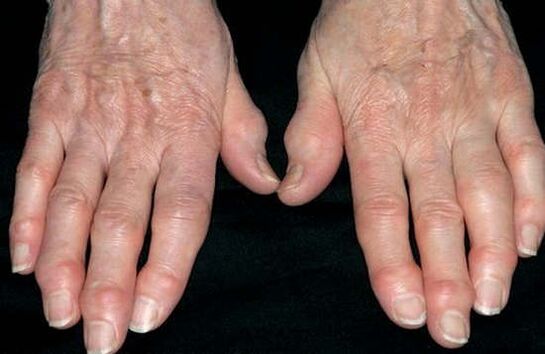
Unfortunately, there is no treatment for this type of arthritis, there are only symptomatic treatment methods, ie they are aimed at reducing existing symptoms. For therapeutic purposes and preventive purposes, doctors recommend that they be active and exercise constant therapeutic physical exercises. Rheumatoid arthritis is an autoimmune disease or disorder that is due to malfunction of the immune system. Various studies have shown that it has many risk factors, including genetic predisposition, women's sex, 40-60, smoking, herpes viruses and Epstein-Barr virus (VEB). This type of arthritis attacks the joints in the synovial membrane and, in turn, causes a change in the entire joint structure, with damaged joint surfaces and articular cartilage, weakening and stretching of leagues, and a joint capsule that changes its shape. At the beginning of rheumatoid arthritis, inflammation has a fundamentally affecting the joints of the fingers and legs.
How to distinguish these diseases?
In some cases, disorders occur in various diseases because people who are less familiar with medicine think that arthritis and arthrosis are the same. In fact, this is not the case because in the first case the disease is acute inflammatory, and in the second - a long, less pronounced chronic. Due to such shades, independent treatment without a doctor is very risky, so it is not recommended - do not risk yourself. The main difference between arthritis and arthrosis: In the case of arthrosis, the main destructive activity is not inflammatory but degenerative processes in the arthritis. If the joint is very injured and swollen while you feel "not very", the joint movement is painful and the movement is "crisp" during the movements, the skin is hot for touch. 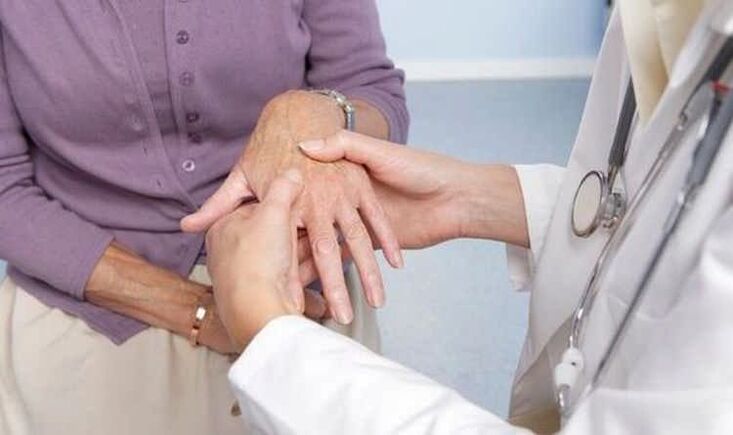
If the joint does not hurt, it may change its shape continuously and over time (months of suffering) while the leg, arm or back are gradually limited in the amount of movements, and month to month worse and worse. . . This is more like the probability of arthrosis of the joint. Most of the young people are ill in arthritis, slightly less than two percent of the planet's total population. Arthrosis is more common diseases that cover about ten percent of all humanity. Accordingly, young people are rarely ill in arthrosis and the problem is the increase in the occurrence of older generations. After crossing the 50 threshold, approx. 30% have different forms of arthrosis. This or other joint deformation occurs at the age of 70 in almost 50% of cases. It is very important to note that the effect of arthrosis extends to the joints and does not transfer to other tissues, bones or organs. In the case of arthritis, inflammatory processes occur in the body, and inflamed joints are simply the most noticeable manifestation.
























